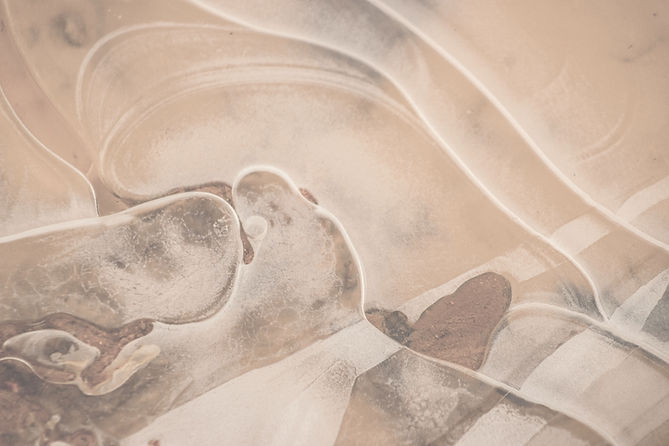
General Health Qigong Packages
A variety of ancient and modern, health and medical Qigong styles, each with their own unique focus and benefits.
5 Animals Frolic (Wu Qin Xi)

Wu Qin Xi, or "Five Animal Frolics," is a traditional Chinese Health Qigong practice developed by the physician Hua Tuo during the Eastern Han Dynasty (25-220 AD). It features five sets of movements inspired by the tiger, deer, bear, monkey, and crane. Each animal's unique characteristics, such as the tiger's power or the deer's grace, are mimicked to promote physical strength, flexibility, mental well-being, and the smooth flow of Qi (energy) throughout the body. The practice is a Taoist system of health preservation, integrating dynamic physical movements, breathing, and meditation to cultivate internal energy, strengthen organs, and achieve balance. The practice is linked to the Five Elements of Traditional Chinese Medicine, helping to balance the body's elements and promote overall harmony.
18 movement Tai Chi (Shibashi 1 & 2)
Shibashi, also called “Taiji Qigong in 18 Movements”, are sets of individual Qigong routines, created by Professor Lin Housheng in 1979, that are practiced in a fluid, continuous manner. Shibashi combines elements from Yang style Tai Chi and breathing and movement exercises from Qigong. It is designed to improve internal and external health, with benefits including stress reduction, improved circulation and balance, enhanced mental clarity, and increased vitality. The exercises are slow, deliberate, and can be performed standing or seated, making them accessible and relaxing for people of all ages and health conditions.


8 Silk Brocades (Ba Duan Jin)
8 Silk Brocades Qigong, or Ba Duan Jin, is a foundational medical qigong practice of eight movements that promotes health, vitality, and longevity through slow, flowing physical movements, controlled breathing, and mindful attention. It aims to balance the body's energy, strengthen specific organ systems like the kidneys and spleen, improve joint mobility, and cultivate a strong, calm mind. Practitioners perform the movements with slow, mindful breathing to relax the muscles and quiet the mind, creating a state of deep peace and connection.
Tendon-Muscle Classic (Yi Jin Jing)
Yi Jin Jing is a form of Qigong that translates to "Muscle Tendon Change Classic" or "Muscle Tendon Strengthening Exercises". It involves a series of flowing, standing movements, combined with deep breathing and mental focus, designed to strengthen and improve the flexibility of muscles, tendons, and ligaments. Originating from ancient China and linked to the Shaolin Temple monks, Yi Jin Jing aims to cultivate Qi (vital energy), enhance physical health, improve balance and coordination, and promote mental clarity. The practice embodies softness and strength to emphasize muscle, fascia, tendon stretching and bone flexing together with natural breathing. This in turn enables good Qi circulation and healthy regulation of body, breath, mind, as well as spirit.


6 Healing Sounds (Liu Zi Jue)
The 6 healing sounds qigong, or Liu Zi Jue, is a traditional Chinese medicine practice that uses specific sounds, movements and intention to detoxify and strengthen internal organs, release negative emotions, and promote overall health. Each sound corresponds to an organ system (lungs, heart, liver, kidneys, spleen/stomach, triple burner) and an associated emotion, and when combined with accompanying movements and breathwork, it helps to cleanse and balance the body's energy (Qi). This practice is traditionally performed in the seated position.


